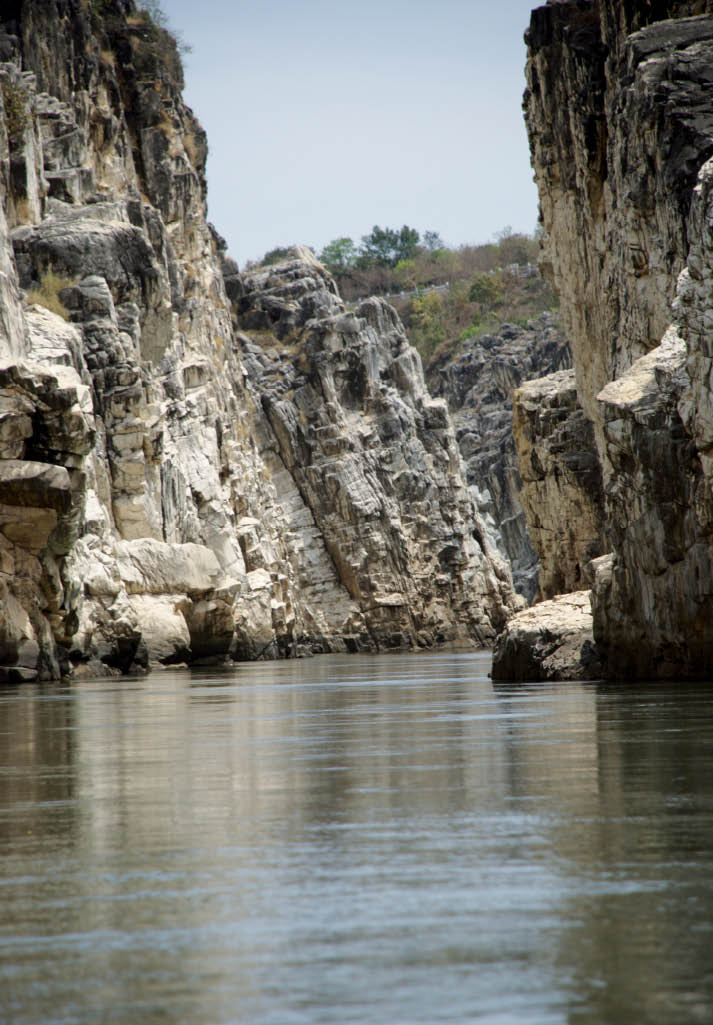Top 10 Climate Change Indicators : Reliable Yardsticks
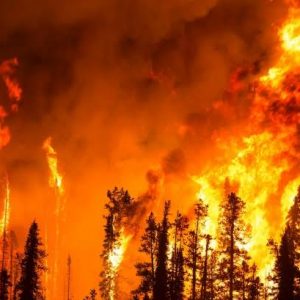

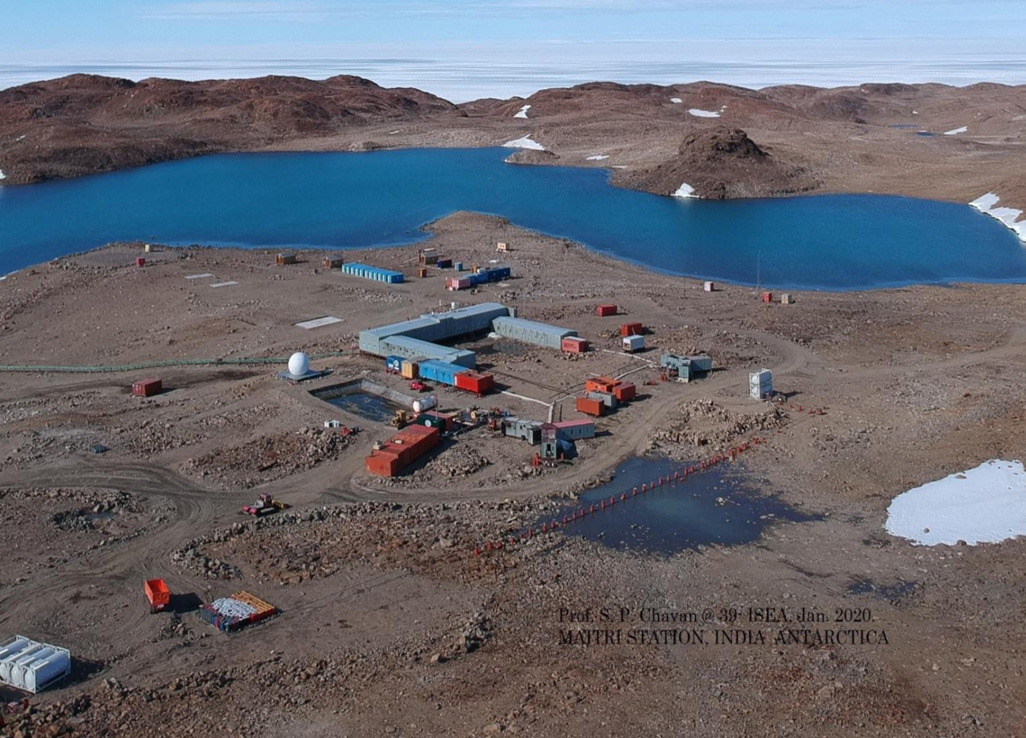
India is set to embark on a new chapter in its Polar exploration journey with the construction of Maitri II. The Indian government plans to establish a new research station near the existing Maitri ba...
.png )
The Deep Ocean Mission (DOM), approved by the Government of India in 2021 under the Ministry of Earth Sciences (MoES), represents a strategic step in realizing Sustainable Development Goal 14 (SDG 14:...
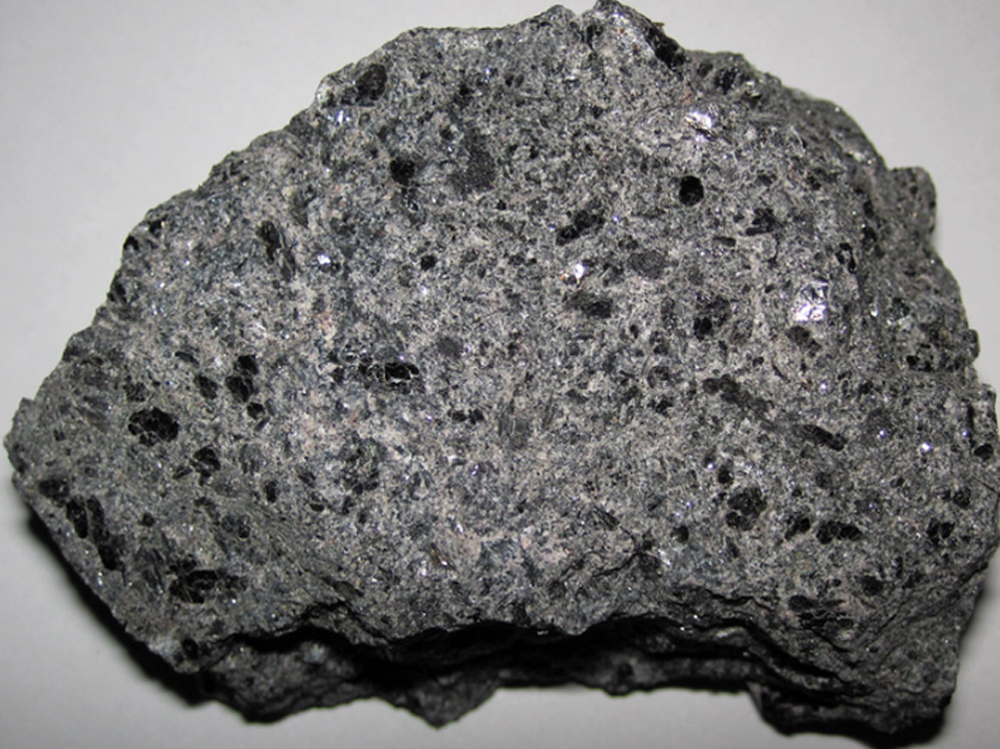
China recently announced restrictions on the export of seven rare earth elements (REEs), soon after US President Donald Trump decided to impose tariffs. As the world's dominant supplier—responsible fo...
<p>Climate change indicators are observations that can be used to track the current state of climate and its trends. In order to bring objectivity in monitoring climate change, scientists have develop...
Rivers are a life-sustaining resource for plants, animals and humans. During its arduous journey rivers carve out several erosional and depositional features that define the geomorphology of a river b...
Narmada offers an excellent example of geological control over river morphology where the waters follow a course of least resistance.
Lonar crater is one of India’s spectacular landforms that is a well known example of a best preserved meteorite impact structure on the volcanic rocks of the Buldhana district of Maharashtra.
<p>Climate change indicators are observations that can be used to track the current state of climate and its trends. In order to bring objectivity in monitoring climate change, scientists have developed climate change indicators. The indicators are quantified and objective, based on data collected by countries all over the world. These demonstrate considerable change of climate over time.</p>

Rivers are a life-sustaining resource for plants, animals and humans. During its arduous journey rivers carve out several erosional and depositional features that define the geomorphology of a river basin.
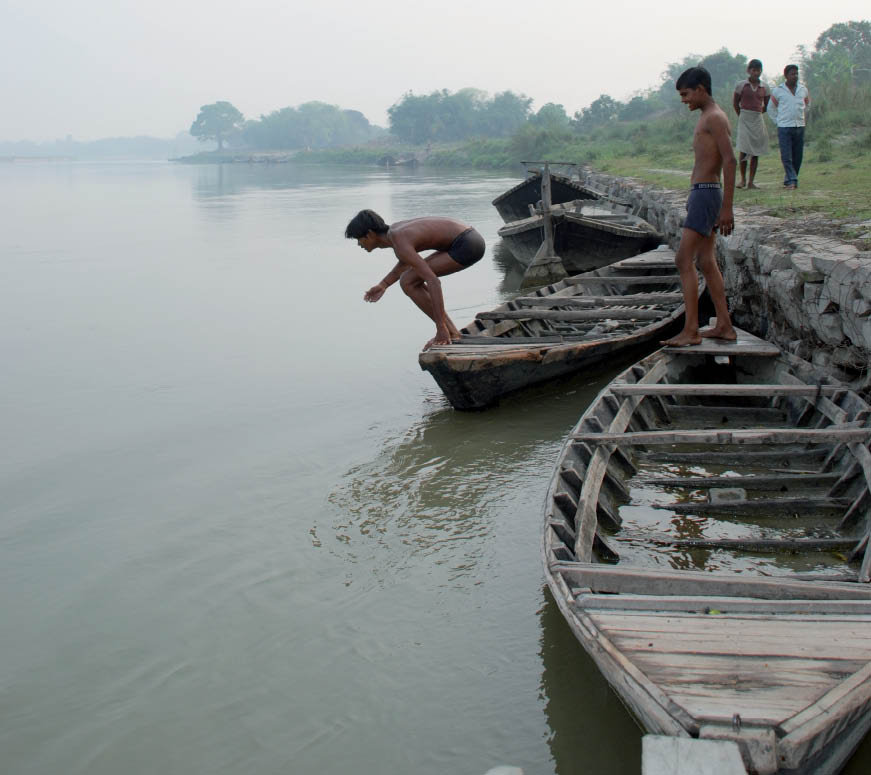
Narmada offers an excellent example of geological control over river morphology where the waters follow a course of least resistance.
